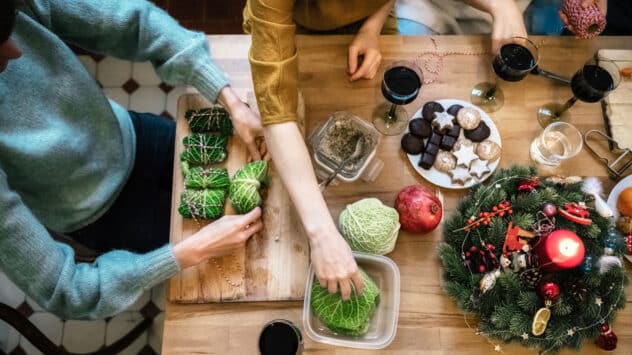
How to Host a Sustainable Holiday Party
No matter what the occasion, here’s how to throw a holiday party that’s both festive and better for the planet.

No matter what the occasion, here’s how to throw a holiday party that’s both festive and better for the planet.
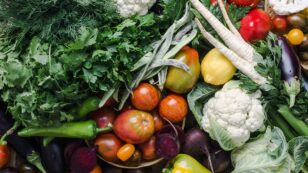
By Amanda Fong Eating produce with the seasons can help consumers access fresher, more nutritious while directly supporting their local farmers and economies. Eating seasonally often coincides with eating locally, Jerusha Klemperer, FoodPrint director, tells Food Tank. “Local shopping and eating is more likely to be seasonal shopping and eating.” This also comes with a […]
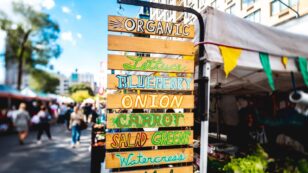
By Danielle Nierenberg The food system accounts for more than one-third of global greenhouse gas emissions, according to a recent study published in Nature Food. But with every meal, consumers have the opportunity to make climate-friendly decisions that reduce their carbon footprint. From eating seasonally to adopting a plant-forward diet, Food Tank is highlighting nine […]
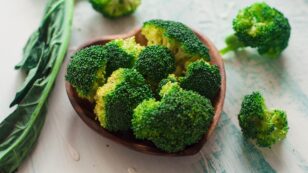
On Valentine’s Day, people celebrate all kinds of love. And chefs and foodies around the globe are showing how indulgence can often be both healthy for people and the planet. These innovators are making the case that flavorful, locally sourced plant-inspired dishes are perfect for special occasions — and also versatile for everyday mealtimes. While […]

The online cooking show Indigikitchen is providing a platform to help disseminate Indigenous food recipes — while helping eaters recognize their impact on the planet and Native communities. “Not only do Indigenous diets provide us with nutritionally balanced, seasonal local food, but they help us recognize the connection to our physical place in the world, […]

By Jon Steinman “Who owns your grocery store?” It’s the question emblazoned on the back of a van that has ferried me across 34 states to visit 128 consumer-owned grocery stores (food co-ops) and another 20 in development. I spent 13 years investigating every facet of the food supply. It led me to the conclusion […]
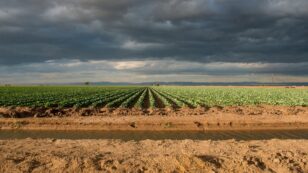
By Tara Lohan Despite the warning signs — climate change, biodiversity loss, depleted soils and a shrinking supply of cheap energy — we continue to push along with an economy fueled by perpetual growth on a finite planet. We’ll need to reckon with this discrepancy. Much has been written about when and how that should […]
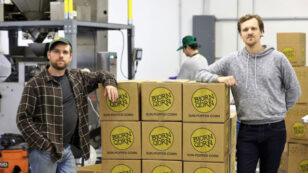
By Alexandra Zissu When Bjorn Quenemoen was a student at Bard College, he would host monthly popcorn parties. He would put up posters around campus, inviting everyone to his parties. At 10 p.m., on the appointed date, he would turn the lights down and put on some music. Quenemoen would sell a handful of items, […]

By Sarah Treleaven Farmers are starting to re-emerge, supported by a restaurant scene that is wise to the benefits of a fresh local food system and a network of farmers’ markets. In many ways, the scene at Hong Kong’s Tong Chong Street Market on Sunday mornings is almost identical to the brazenly bourgeois gourmet food […]